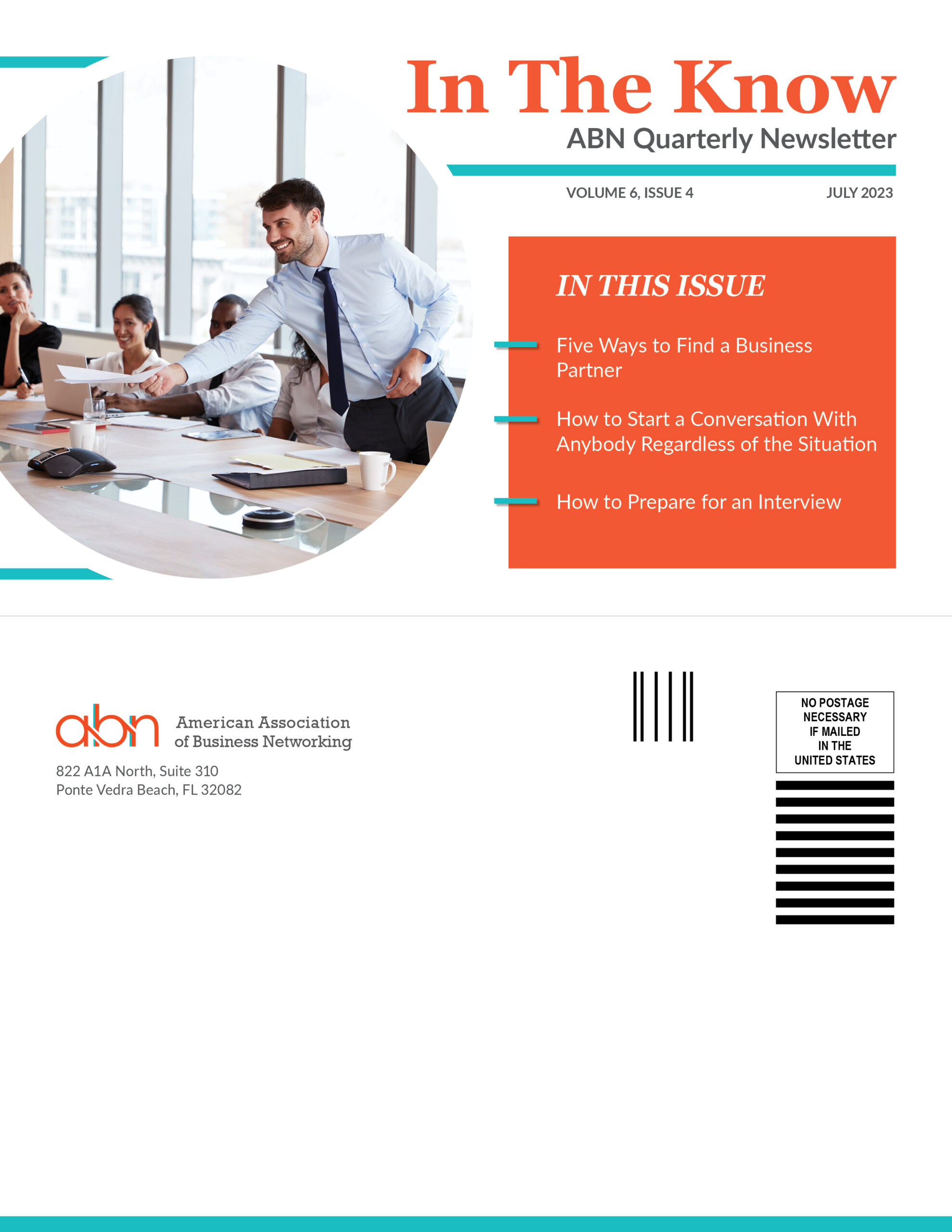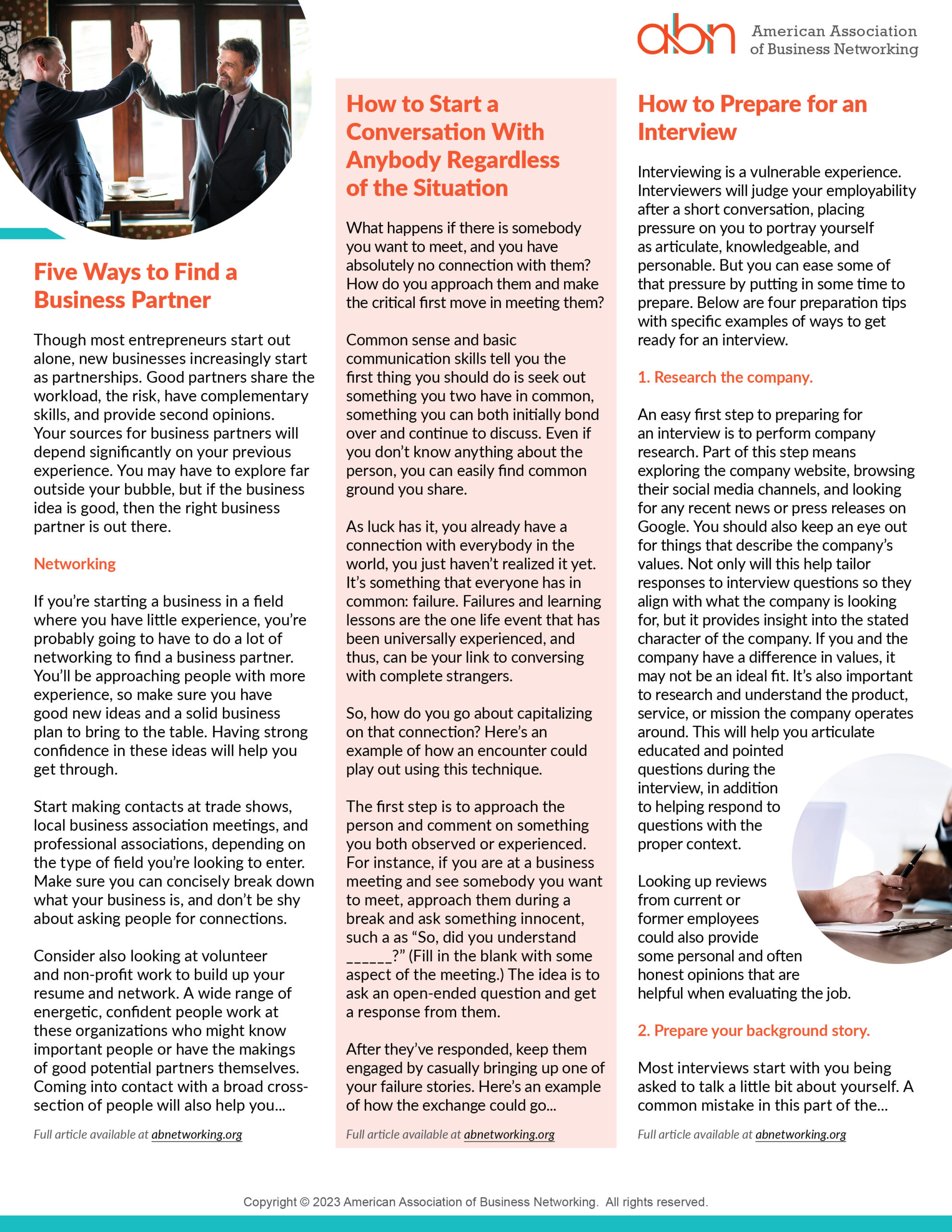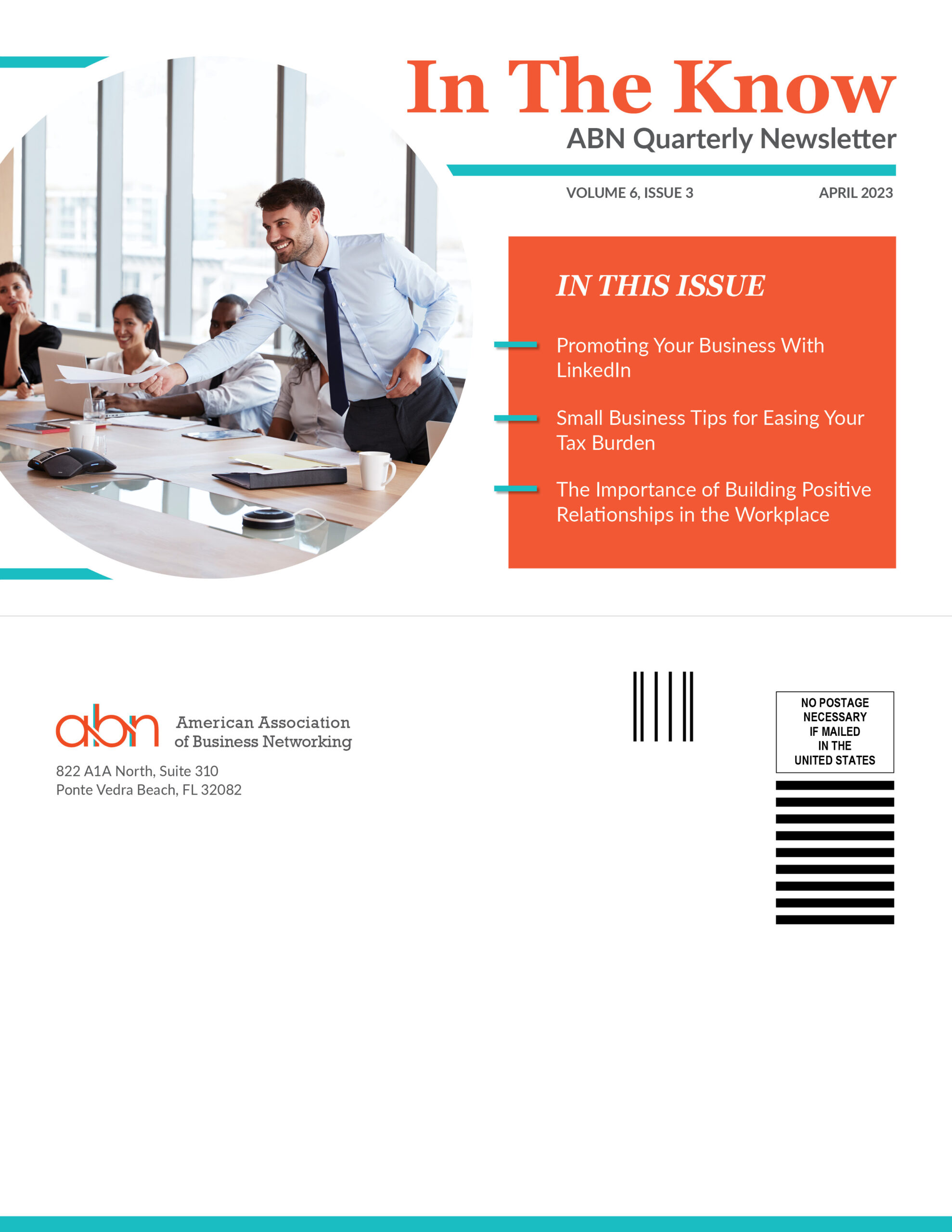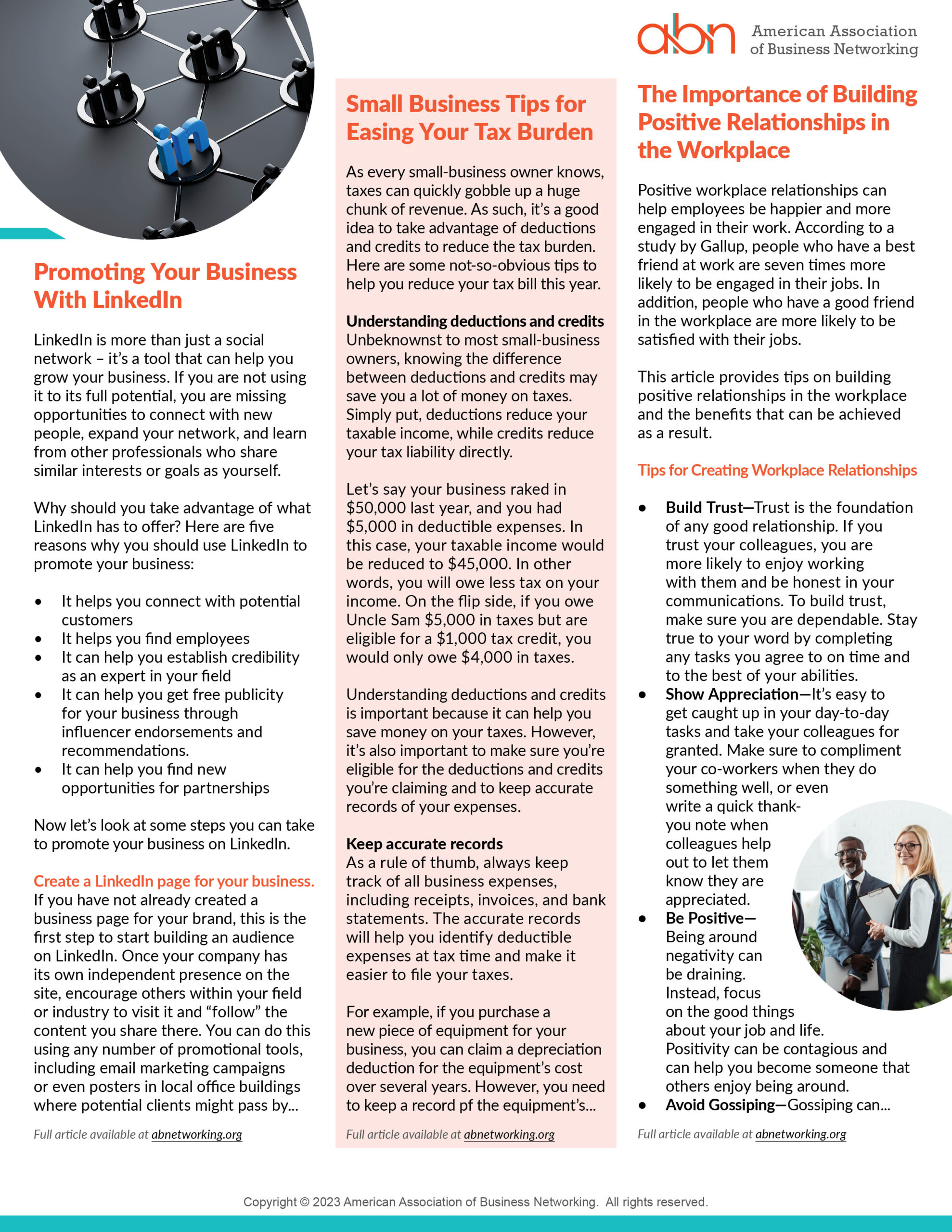How to Design and Use a Clever Tagline for Your Business
You’ve got a business, and you want it to stand out. A tagline can help you do that. A clever and engaging tagline will help your customers recognize, remember and relate to your business. It will also help distinguish your company from your competitor and convey the message that your company has something unique or special to offer.
A good tagline should be a sentence or short phrase that sums up what your business does and what makes it different from the competition. It’s a one-liner you can use to over open conversations and networking connections. Plus, it’s an important tool for advertising and marketing. The best taglines are memorable but don’t have to be cute or clever. It should be easy to remember and make customers feel something.
Here are some tips for designing your brand’s tagline.
Take inspiration from other companies
When you decide on a tagline, do some research on what other brands in your industry say about themselves. How do they talk about their products? What words do they use? Are there any common themes among them?
You can also look at how larger companies — like Apple, for example — construct their messaging. You might notice that Apple uses simple language and avoids jargon when describing new technology. This kind of clarity helps set them apart from other computer manufacturers who rely heavily on technical terms or unfamiliar vocabulary.
Get inspired by other companies but don’t copy. See how you can place a clever twist on their tagline approach and make it your own.
Focus on a single benefit
Keep it simple and focused on one benefit. Don’t try to be all things to all people, and don’t try to be clever. It’s not a contest, so don’t worry about being the funniest or most relevant. Instead, focus on what sets you apart from your competition. Trying to convey too many benefits in one tagline will only confuse people and weaken your message.
Some of the best taglines to be inspired by include:
- Nike: Just Do It
- Dunkin’ Donuts: America Runs on Dunkin’
- Apple: Think Different (which became part of their brand identity)
- Coke: “The pause that refreshes”
- McDonald’s: “I’m loving it.”
- Pepsi: “Come alive with the Pepsi generation.”
Notice how short and memorable each is? If it takes them more than a few seconds for people to understand your tagline, or if they must read it several times to remember it, think of something new.
Use focus groups to get ideas
Focus groups offer an effective way to get an idea of what people think of your business before you spend money on branding. It’s a cheap method, too — just ask friends and family if they’ll be willing to answer a few questions about how they feel about your company. Write down every word they say that describes your business and see which ones are most common.
You might even set up focus groups for different audiences. Maybe ask friends for their opinion, but also set up interviews with people in your industry who could provide more insight into what makes them want to buy from you instead of someone else.
Make it timeless and relevant
If a tagline is too trendy, it can become dated faster than you think. Take “Just do it,” for example. It’s an iconic phrase that has become synonymous with Nike’s brand identity. It’s a short and memorable tagline that should withstand the test of time.
That’s what you want. When you choose a tagline, you want it to be timeless — something catchy but classy that will appeal to your target market no matter what trends are hot now. Your clients should look back years from now and recognize your brand.
A timeless tagline will be relevant for your customers for years after its conception. For example, Apple has used the motto “Think Different” since 1997, and since then, it’s been used on everything from print ads to billboards. As long as Apple stays true to its message — that they’re different than other companies — the slogan will continue to work into the future.
Put your tagline to work for you
Now that you have a tagline ready to go, it’s time to put it to work. Ensure you use your tagline in every aspect of your business, so people can see it everywhere and begin associating it with your brand. Use your tagline on social media posts, business cards, newsletters, and more. Put it to work for you.
Conclusion
A well-written tagline can be the difference between a mediocre business and a successful one. It can help you stand out from your competitors, attract new customers, and make a lasting impact on existing ones. Your tagline is the first thing people will see and hear when they encounter your brand. It’s crucial that it makes an impression, so take your time coming up with one.
Try some of these tips and see what works best for you and your business. Even if your tagline isn’t the most creative or catchy phrase in the world, it can be effective if it conveys what you do in a memorable way.












